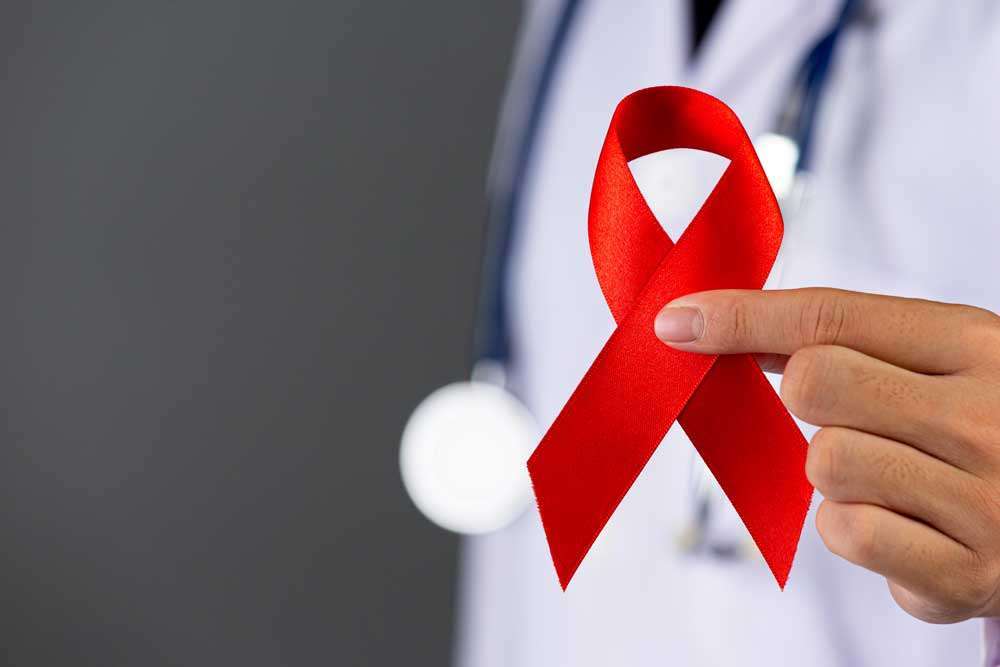On December 1, World AIDS Day brings people worldwide to raise awareness about HIV/AIDS. Read on to learn about transmission, risk factors, and prevention.
HIV (human immunodeficiency virus) is a virus that affects cells in the body that help it fight infections, making a person more susceptible to other infections and diseases. It is disseminated by coming into contact with a person who has HIV’s body fluids.
While HIV infection has no cure, it has become a manageable chronic health condition, allowing people living with HIV to live long and healthy lives, thanks to increased access to effective HIV prevention, diagnosis, treatment, and care, including for opportunistic infections.
By taking antiretroviral therapy or HIV medicine, people with HIV can live healthier and prevent HIV transmission to their sexual partners.
Nevertheless, if HIV is not treated or detected late, it can progress to AIDS (acquired immunodeficiency syndrome). AIDS is a late-stage HIV infection that occurs when the body’s immune system fails.
How is HIV transmitted?
HIV can be spread through the exchange of a range of body fluids, including blood, breast milk, sperm, and vaginal secretions, from infected people. During pregnancy and delivery, HIV can be passed from a mother to her kid. Individuals cannot contract the virus by touching, hugging, shaking hands, or sharing personal items, food, or water.
What are the risk factors to avoid?
Individuals are more likely to get HIV if they engage in the following behaviors and conditions:
• Having unprotected anal or vaginal sex
• Exchanging contaminated needles and syringes during drug injection
• Receiving potentially dangerous injections, blood transfusions, and tissue transplants, as well as medical procedures involving an unsterile cutting or piercing
• Having accidental needle stick injuries, notably among healthcare employees
Therefore, use condoms (correctly) every time you have sex. Also, insist that your partners get tested, especially if your sexual partners are lesbian, gay, bisexual, or transgender. As for the case of a pregnant woman who is HIV-positive, her medical team can take extra precautions to help keep her baby from contracting the virus.
How do I know if I have HIV?
Testing is the only way to know for sure if you have HIV. You can’t determine if you have HIV by how you feel because most HIV patients don’t show any symptoms for years.
If you’ve had unprotected sex or if your partner tests positive for HIV, you should get tested. If you’ve shared needles with anyone, you should also be checked (for shooting drugs, piercings, or tattoos). In emergencies, post-exposure prophylaxis (PEP) can be done, which means taking HIV medicines within 72 hours after a possible exposure to HIV to prevent HIV infection.
Elizabeth Taylor, the first celebrity HIV and AIDS activist, said: “It is bad enough that people are dying of AIDS, but no one should die of ignorance.” Be part of the awareness movement, and practice safer sex to help prevent the spread of HIV. If you’ve put yourself at risk, get tested, as early diagnosis and treatment are important.

